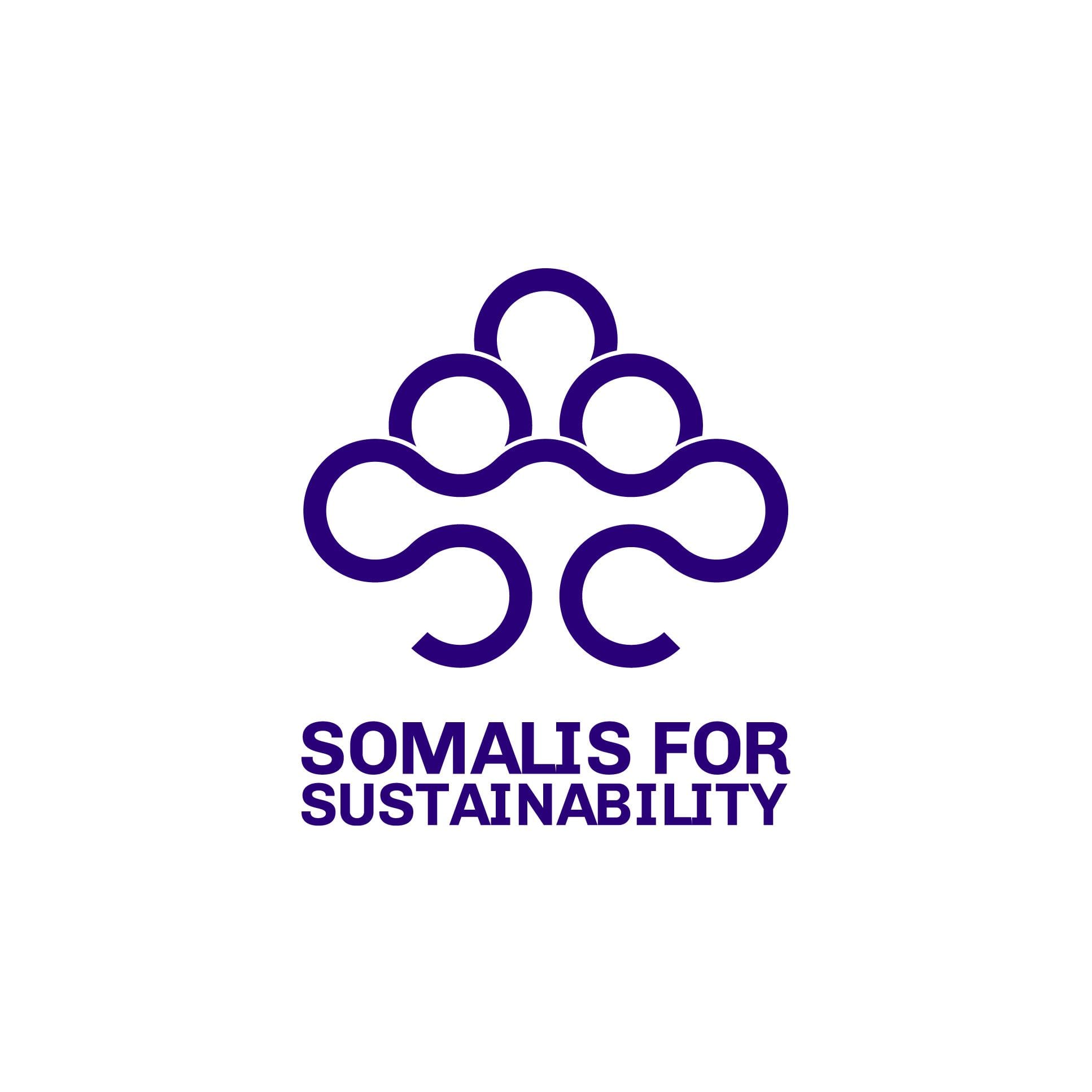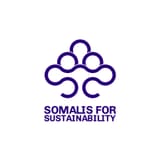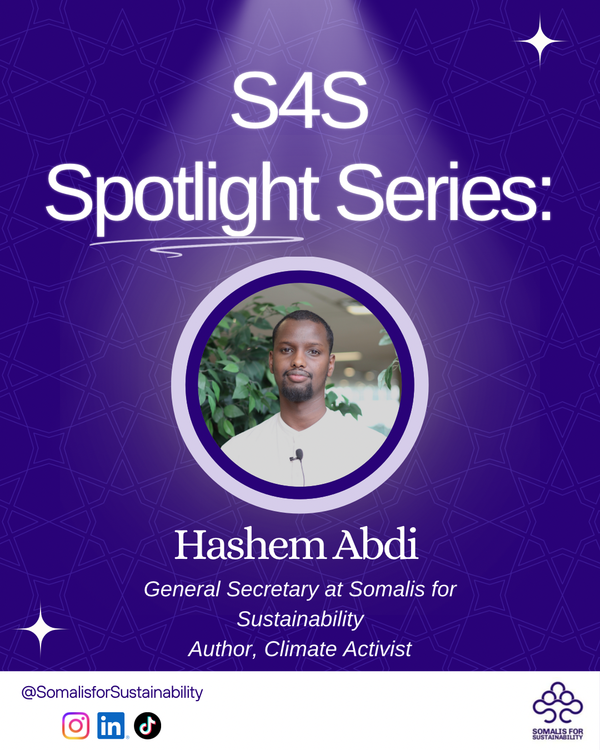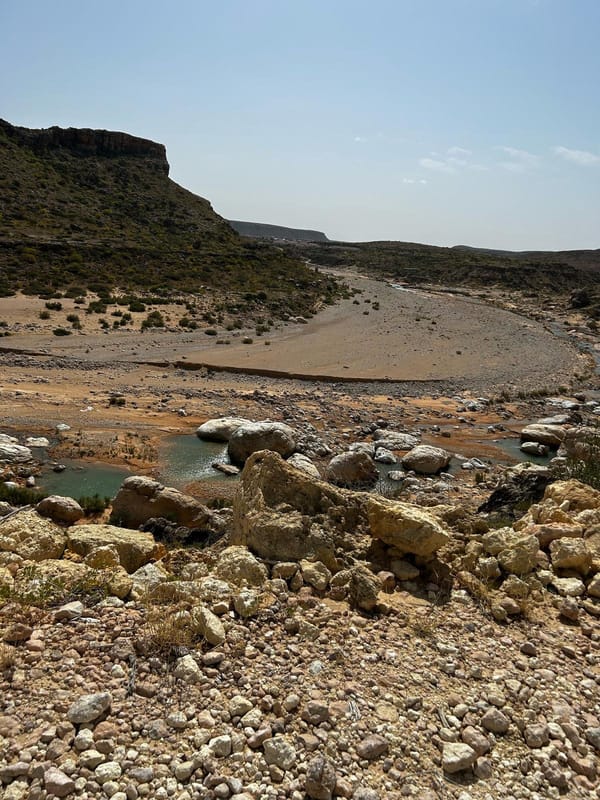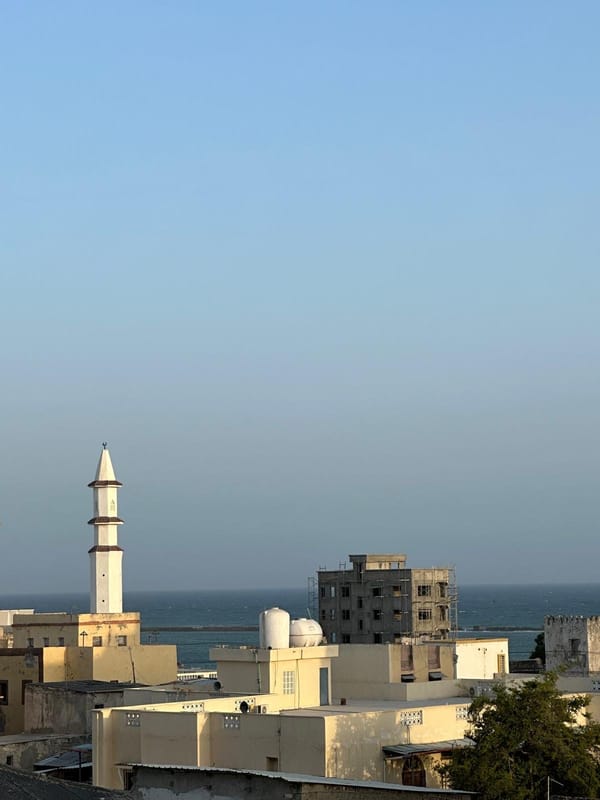Maydi Newsletter: COP Edition
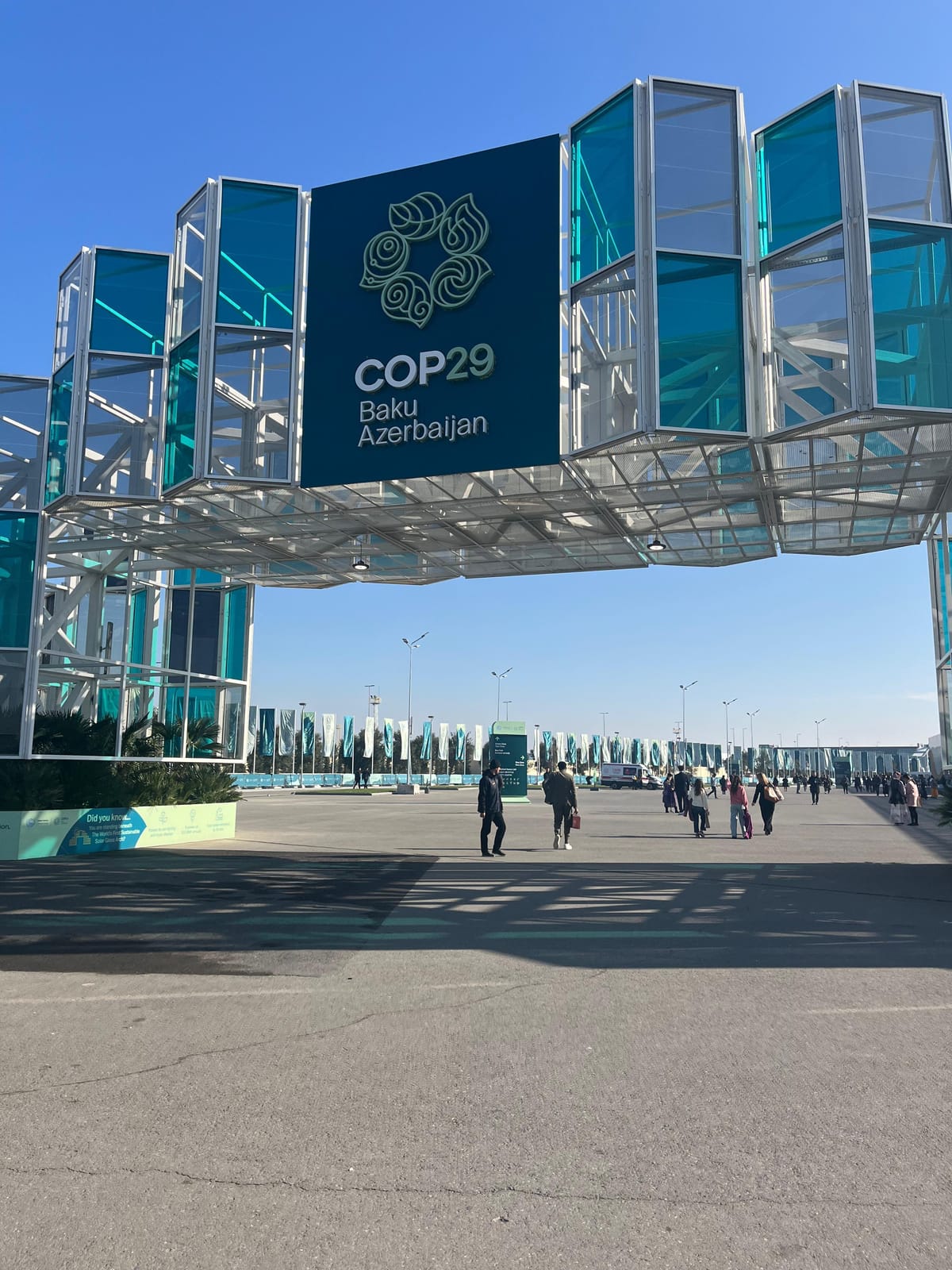
Hello everyone,
Welcome to this month’s edition of the Maydi Newsletter– your trusted source for the latest on sustainability in the Somali Horn. In this issue, we share what our team got up to at COP29 in Baku, an agricultural programme in Somalia and what happened at COP16 in Cali, Colombia!
Thank you, as always, for reading!
S4S NEWS
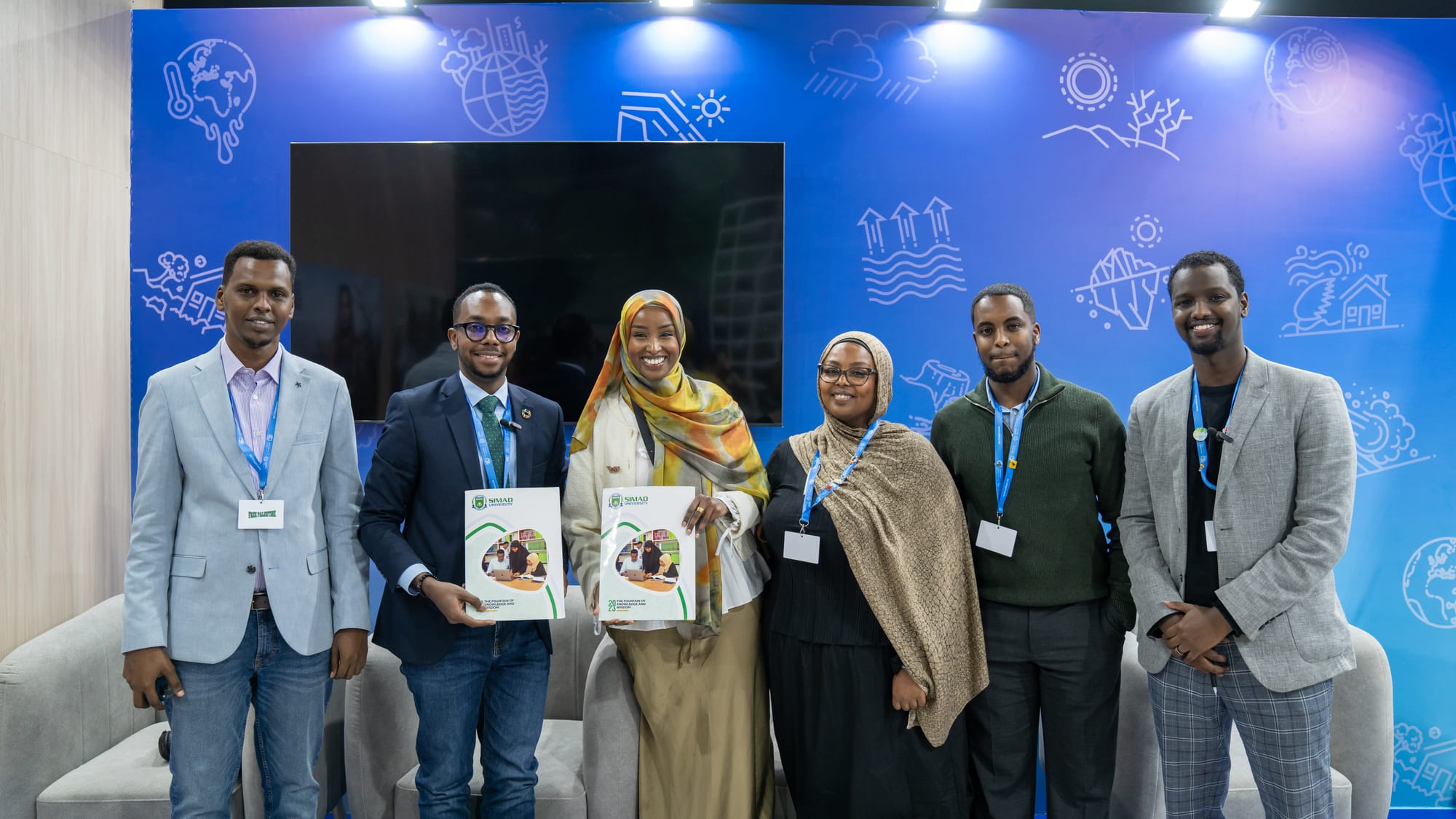
Between November 11 and 22, the S4S team travelled to Baku, Azerbaijan, for COP29. You might be wondering: what exactly is COP? Each year, the UNFCCC Conference of the Parties (COP) brings together governments, industry leaders, scientists, and civil society to evaluate the progress of global climate action. This year’s conference dubbed the 'Climate Finance COP,' focused on mobilising resources to help vulnerable nations adapt to the impacts of climate change.
One of the major headlines emerging from COP29 was the New Collective Quantified Goal on Climate Finance (NCQG), which promises to triple annual funding to developing nations—reaching $300 billion by 2035. However, for many developing countries, this fell far short of the $1.3 trillion they had collectively called for, raising critical concerns about whether the agreed funds can meet the scale of the climate crisis they face. These concerns culminated in several delegates from developing countries walking out of a key meeting toward the end of the negotiations.
Another major headline was the full operationalisation of Article 6 of the Paris Agreement under the UNFCCC, simplifying carbon trading mechanisms for countries. For more details, you can read an excellent article from Carbon Brief that delves deeper into this topic.
This year, Somalis for Sustainability brought a delegation from the UK, Ireland, and Australia to COP29. Invited to participate as a civil society organization within the wider Somalia delegation, the team engaged with university leaders, UN agencies, non-profits, and private-sector innovators—expanding networks and uncovering new opportunities for collaboration
One of the highlights of our time at COP29 was the public signing of a Memorandum of Understanding with the Institute of Climate and Environment (ICE), based in Mogadishu, Somalia. This partnership is designed to drive research, capacity-building, and outreach initiatives focused on just transitions, loss and damage, and climate adaptation in Somalia. These connections represent a significant step toward securing the resources and partnerships needed to advance our work and strengthen Somalia's climate resilience.
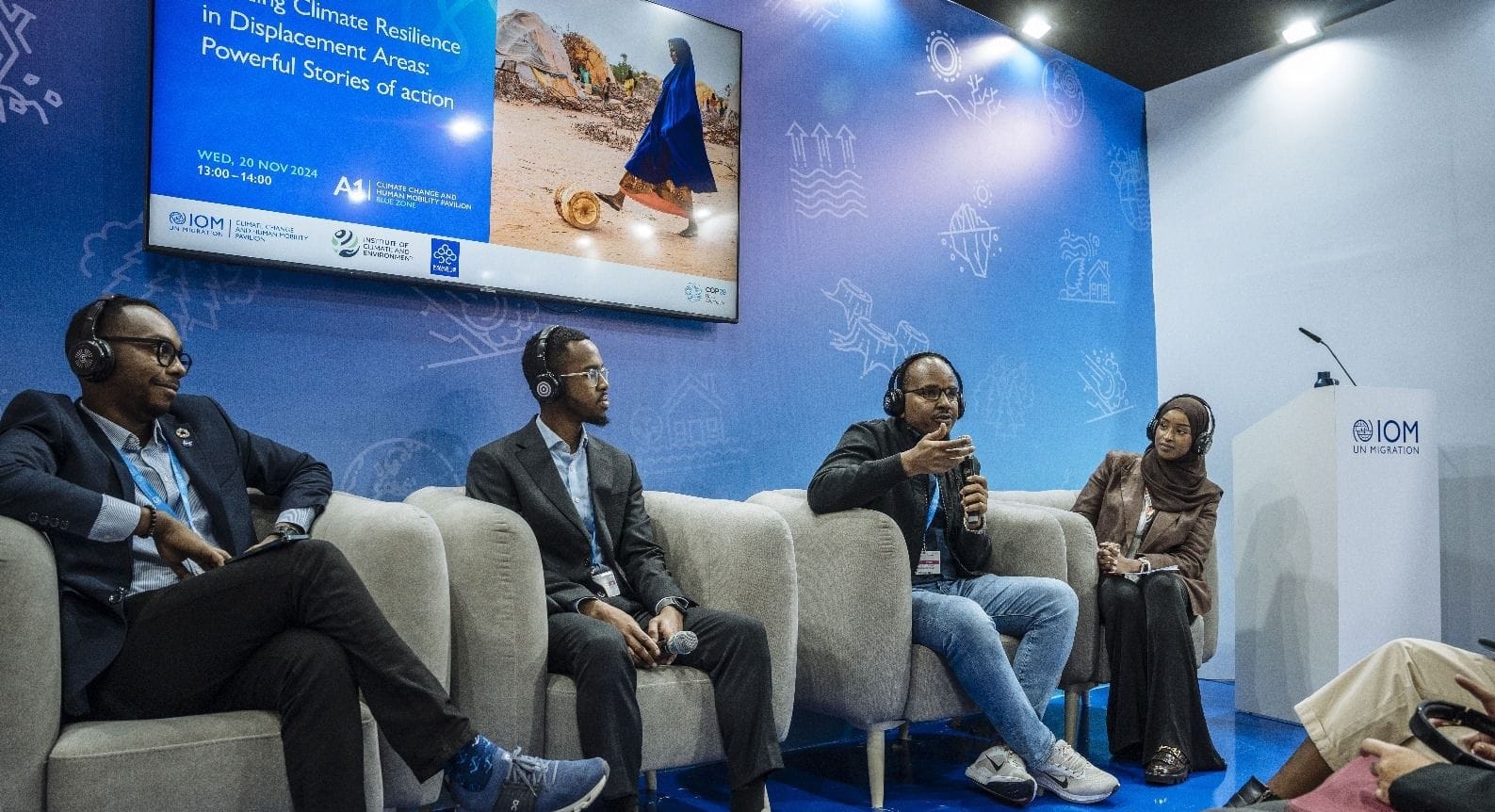
We also participated in a panel discussion at the International Organization for Migration(IOM) Pavilion titled “Building Climate Resilience in Displacement Areas: Powerful Stories of Action". The team highlighted the work of S4S from its inception through to the LCOY held earlier this year and the plans looking forward. In addition, we underscored the importance of diaspora in climate initiatives and their ability to enable resource mobilisation and facilitate knowledge linkages and finance flows which are essential in driving climate action, especially in the Somali Horn.
Thank you to those within the S4S team and beyond who worked tirelessly to make this trip happen.
What is the latest in the Horn?
New programme to enable more financial aid to tackle Somalia's agricultural challenges
On October 30th 2024, partners came together in Mogadishu to converse about sustainable changes to be implemented in Somalia’s social and agricultural climate. The joining forces of the United Kingdom and the Somalia Joint Fund (SJF) enable more financial aid to filter into Somalia’s ongoing agricultural difficulties. This also paves the way for further conversations surrounding Somalia’s concerns, as well as more international intervention to allow Somalia to flourish both nationally and internationally. This is to be seen in November 2024.
During the Jowhar Offstream Storage Programme (JOSP), a five-year programme, Somalia drew focus on some of its prominent issues. To name some, water resource management was key to strengthening climate resilience as well as increasing the job market for not just farmers but Somali residents across the nation. Somalia emphasises the direct link between agricultural development and economic growth.
Mr George Conway has himself stated that the layered support that Somalia is gaining is a testament to how committed Somalia and the UN are to striving for globally supported sustainable and collective change. With the US adding to this initiative through the TRANSFORM project, Somalia was also praised for leading the initiative, emphasising global recognition and bringing change to Shabelle in southern Somalia. In Shabelle, more than 1.5 million people are more negatively impacted by flood risks and droughts impacting at least 1.65 million people. The domino effect of this is a strain of $36 million in humanitarian aid and this programme is the start of introducing preventative measures to limit future issues. This step for change should be deemed as promising given the international intervention from multiple bodies.
In other regional news 🌎
Disappointing outcomes at the Biodiversity COP

The international divide had surfaced earlier during the United Nations COP16 biodiversity talks, held in Colombia from October 21 to November 1, 2024. Given the focus on biodiversity, a proposal was introduced to assist poorer nations in restoring natural environments which was then blocked from Global North countries such as the EU, Japan and Canada. The repercussions were felt heavily by African and Latin American countries who then refused to engage in following talks. Due to the inability to resolve, the meeting was ended earlier than anticipated.
One of the main themes for this forum was finance. During this conference, it was made clear that cohesion with financial matters is not just a moral obligation upon the wealthier countries but vitally important to protect people and nature and strengthen trust between nations. Despite this, the UN made clear they would not support the creation of a new fund.
COP16 provided some attempts to finance poorer nations. The use of digital sequencing information (DSI) would allow pharmaceutical and cosmetic companies to profit from DSI. Compensation from this fund would then be paid into the Cali Fund on a ‘voluntary’ basis which would go back to the countries of origin who can then use the fund to implement environmental changes. It is important to note the potential issues that may arise from this proposal. It seems as though pharmaceutical and cosmetic companies would benefit more greatly due to the ‘voluntary’ basis of funding. There is nothing substantial that ‘morally’ binds or encourages these companies to provide money to poorer nations from which they benefit largely.
On the other hand, a redeemable success for Indigenous and local people communities was the creation of a subsidiary body to ensure their inclusion in the biodiversity framework which was discussed in 2022. This agreement will now encourage indigenous communities to contribute. The agreement encompasses 23 targets for 2030, with emphasis on restoration of ecosystems, conserving land, waters and seas with the Global North contributing $20 billion by 2025. However, this is unlikely to be achieved.
Somali word of the month: Geel (gaye-el)🐪
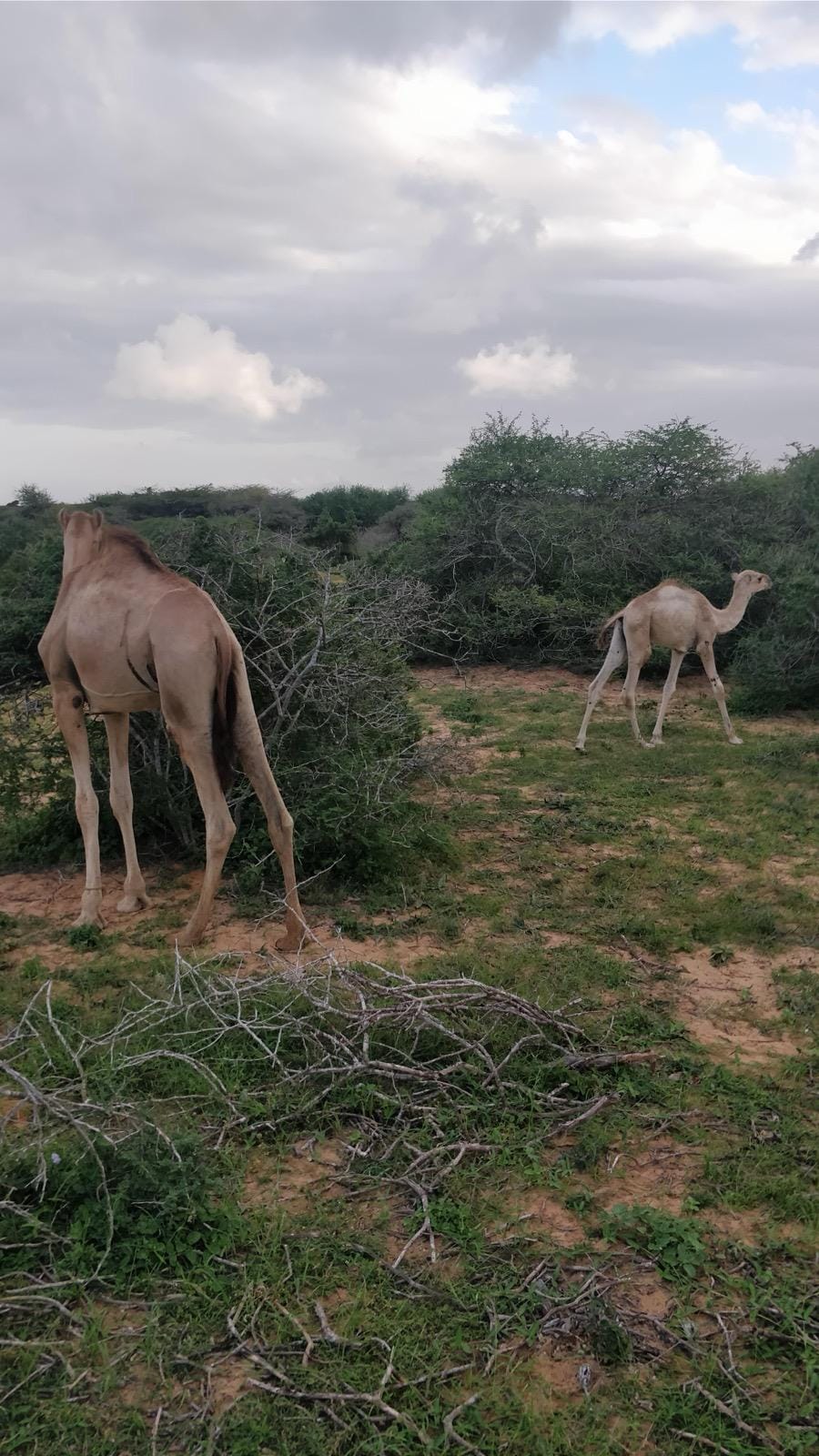
Camels play an essential role in the Somali nomadic lifestyle, providing transportation, milk, and meat in the harsh, arid landscapes of the Somali Horn. Somalia also has one of the largest livestock populations in the world, contributing significantly to the sizeable export market
Enjoyed reading? If you haven't already, sign up below so you don't miss out on future content.
